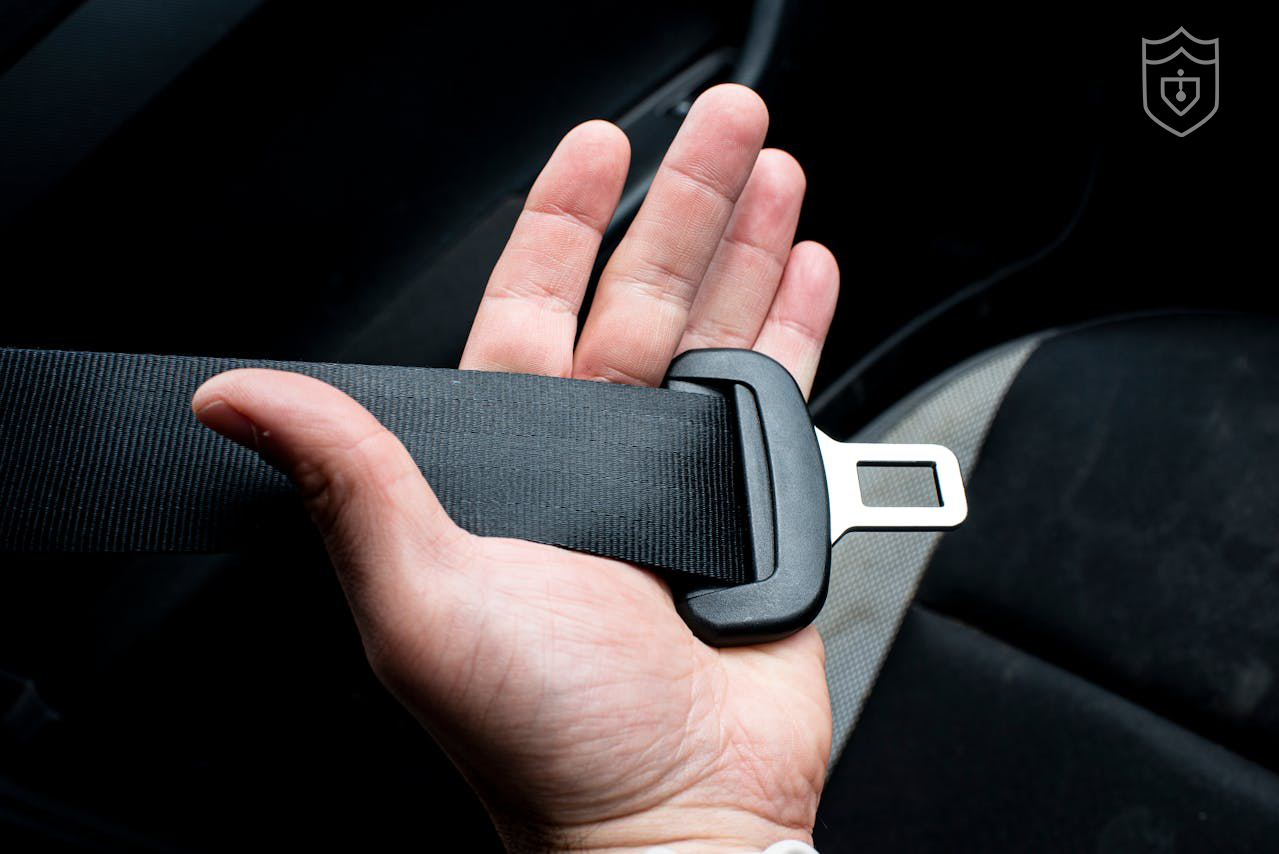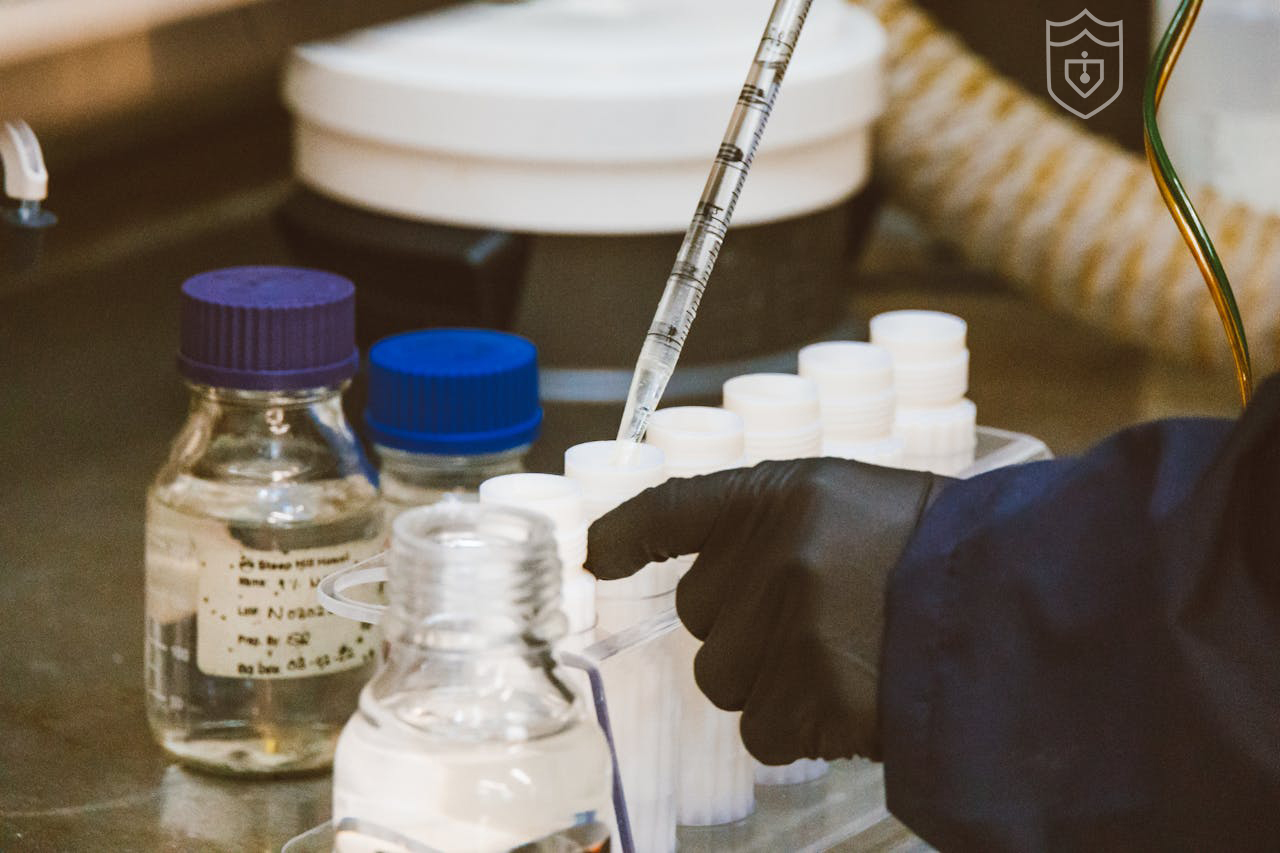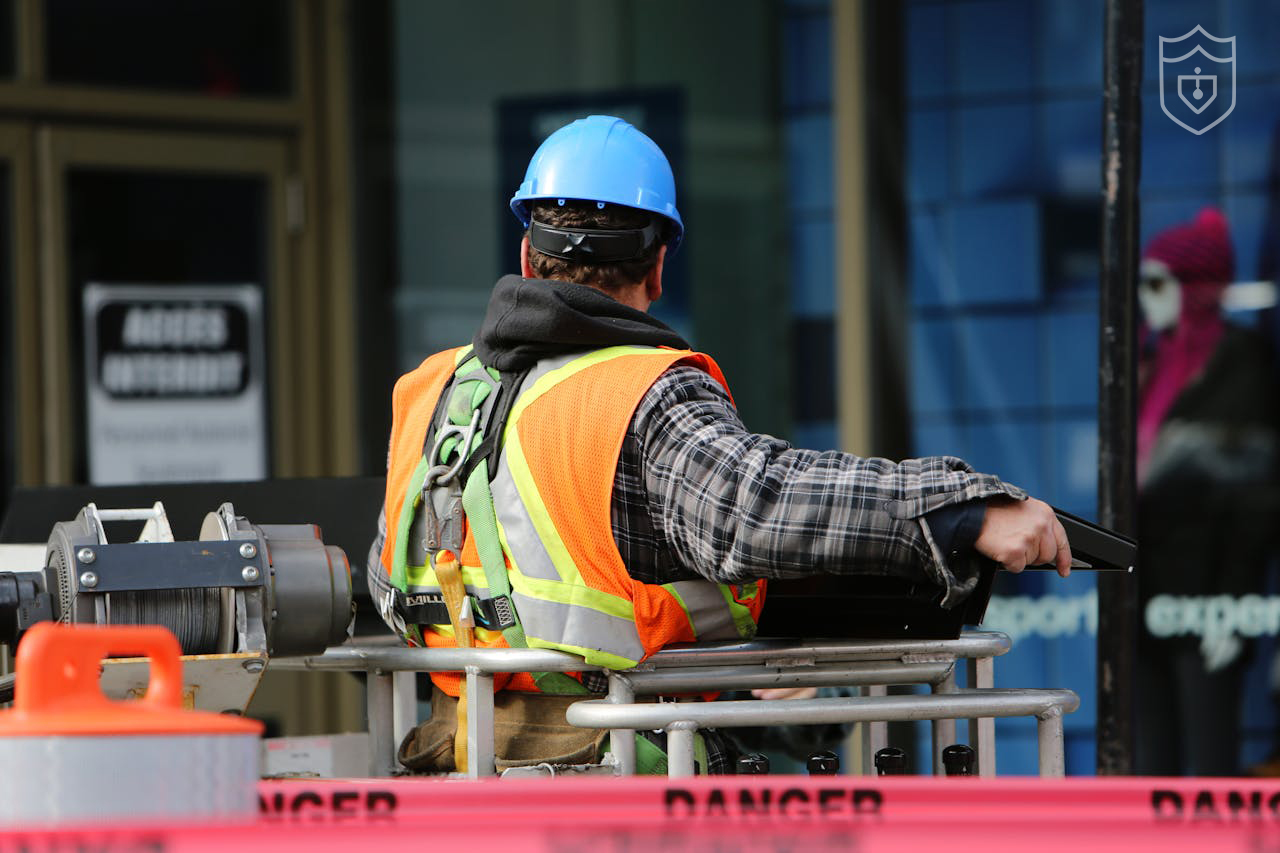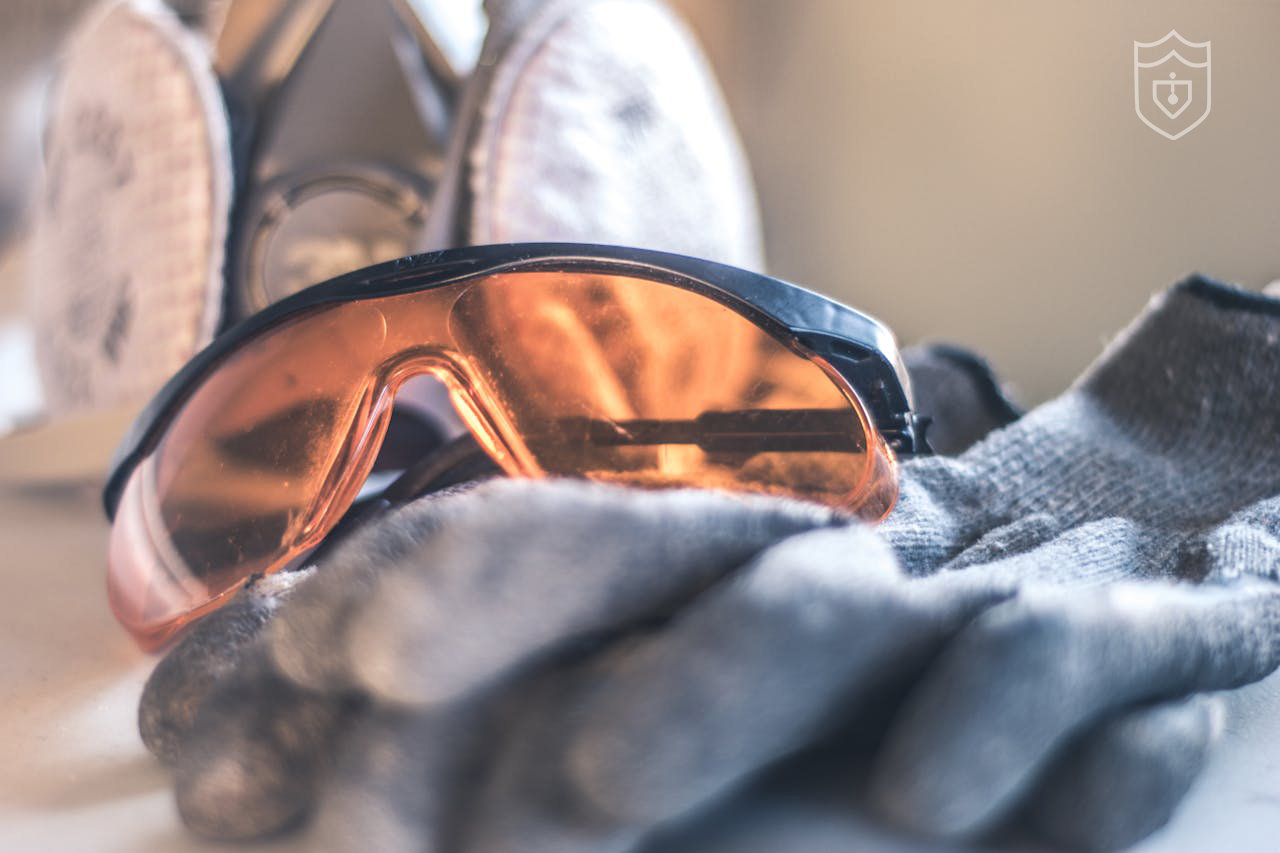Driving within industrial facilities requires high awareness and extreme caution due to the presence of heavy equipment, pedestrians, and limited visibility in some areas. Therefore, strict adherence to the following is essential:
Do not exceed the facility’s speed limits (typically 40 km/h or less, depending on the area). Speeding is the main cause of accidents in enclosed zones.
Reduce speed when approaching facility intersections, workshops, or open work areas, where workers or equipment may be present near the road.
Come to a complete stop at all stop signs and critical zones such as entry gates, emergency exits, and workshop entrances.
Follow designated driving lanes and avoid sudden lane changes or using unauthorized paths.
Always wear a seatbelt whether driving or riding as a passenger. Not wearing a seatbelt significantly increases the risk of injury in accidents.
Keep the windshield and side windows clean—inside and out—to ensure clear visibility.
Pay attention to temporary and warning signs within the facility and follow all instructions in restricted or under-maintenance zones.
Do not use or be distracted by mobile phones while driving.
This inspection aims to ensure the vehicle is road-ready for daily use and helps prevent failures or unexpected accidents. It includes the following checks:
A – Air (Tires):
Check tire pressure using a proper gauge.
Ensure there are no cracks, bulges, or irregular wear.
Do not use expired or unsuitable tires for the industrial environment.
B – Brakes:
Test the brakes before driving to ensure proper function.
Watch for any abnormal sounds (squeaking, grinding) or vibrations during braking.
If such signs appear, stop the vehicle immediately and report the issue.
C – Check Lights (Lighting & Signals):
Confirm all front and rear lights, brake lights, turn signals, and emergency lights are working properly.
Never drive a vehicle with faulty or non-working lights, especially at night or in poor visibility.
D – Drivetrain & Fluids:
Check engine oil, coolant, brake fluid, and power steering fluid levels.
Inspect for any leaks under the vehicle before starting.
E – Emergency Kit:
Ensure a working fire extinguisher is available (check the green indicator).
Verify that a warning triangle, first aid kit, and a working flashlight are present.
To ensure your safety and that of others, strictly avoid the following behaviors:
Using mobile phones while driving, even with headphones or Bluetooth, as it distracts attention and increases accident risk.
Being distracted by electronic devices or adjusting navigation systems while driving.
Transporting unauthorized passengers or carrying flammable or unlicensed hazardous materials.
Stopping in emergency lanes, near rescue equipment, or in dangerous zones.
Leaving the vehicle running while unattended—even momentarily—especially in high-risk areas prone to explosions or leaks.
Playing loud music or using sound systems that may mask alarms, horns, or emergency signals.
🟧 If the vehicle breaks down:
Park safely away from heavy equipment traffic.
Turn on hazard lights immediately.
Place a warning triangle 10–15 meters behind the vehicle.
Notify the maintenance center or the site safety officer.
Do not attempt any repair without training or proper tools.
⚠️ If the engine suddenly stops:
Do not restart the vehicle immediately.
Suspect possible fuel or gas leaks, or unusual internal pressure.
Shut off all electrical systems and evacuate the vehicle to a safe location.
Contact emergency services (911 – or the facility emergency room).
Do not open the front hood of the vehicle.
🔷 In case of a traffic accident:
Stop the vehicle immediately in a safe place.
Activate hazard lights.
Notify the safety officer or security team.
Administer first aid only if safe—do not move injured persons unless there is an immediate threat (e.g., fire or leak).
Do not leave the accident scene until emergency personnel arrive and reports are completed.
Discuss your specific security needs with us.
Inspect and evaluate the required solution.
Provide expert locksmith services on-site.
Ensure everything works perfectly before leaving.
Lorem ipsum dolor sit amet, consectetur adipiscing elit. Ut elit tellus, luctus nec ullamcorper mattis, pulvinar dapibus leo.

We highlight the importance of full attention while driving, eliminating distractions like mobile phones and headphones, and the necessity of proper seatbelt use to ensure your safety and the safety of others.

A safe lab begins with protective equipment and ends with proper chemical handling. Learn the correct ways to manage lab materials, prevent contamination, and ensure the safety of everyone in the environment.

We focus on your safety while carrying out tasks from using tools and equipment properly to following worksite guidelines. Every action counts in building a safer workspace.

True safety doesn’t end when the job is done. It starts with awareness until the final moment and prepares a secure environment for the next shift with full responsibility and care.
Every life matters. Our goal is to prevent all work-related injuries and incidents.
We provide structured awareness campaigns to strengthen safety culture across all roles.
Safety is embedded into our daily workflows, not added on top.